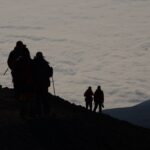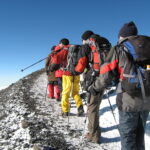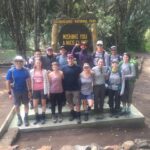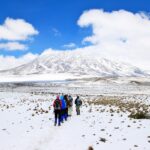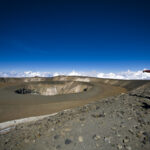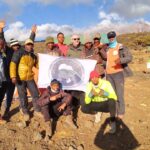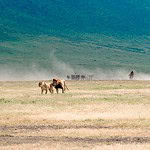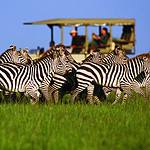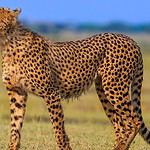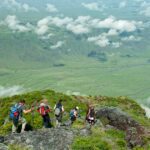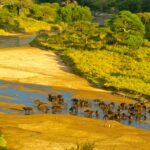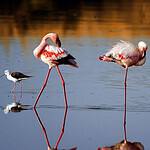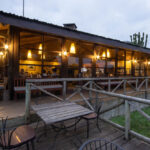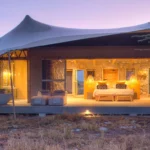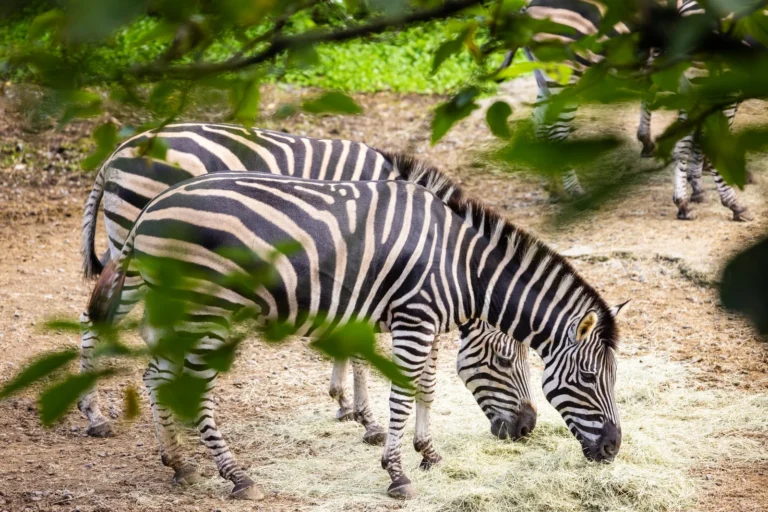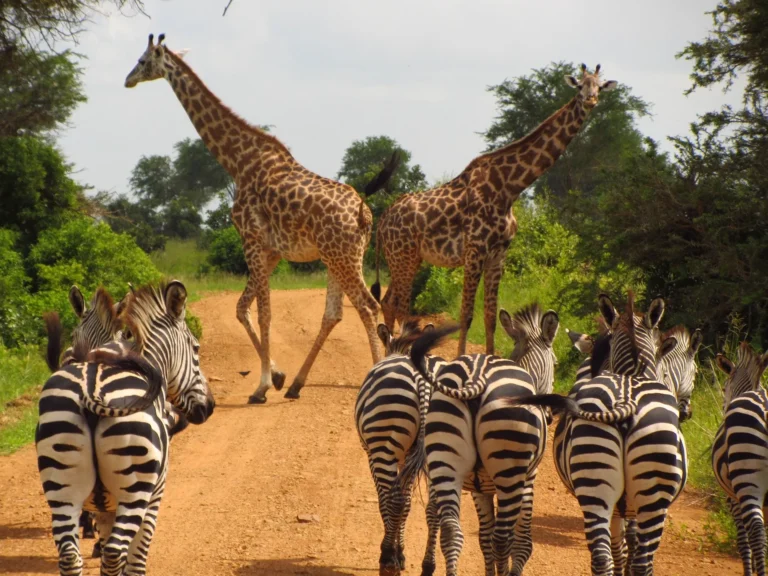Table of Contents
Photography Safaris in Tanzania: Capturing the Wild
Photography safari Tanzania is a dream come true for wildlife photography enthusiasts. With its vast savannahs, diverse ecosystems, and abundant wildlife, photography safari Tanzania offers unparalleled opportunities to capture nature in its most breathtaking form. From the thunderous hooves of the Great Migration to the serene landscapes of the Ngorongoro Crater, every moment on a photography safari Tanzania is a chance to witness and photograph nature’s raw beauty. Whether focusing on powerful predators or graceful grazers, a photography safari Tanzania provides unforgettable scenes that thrill both novice and professional photographers alike.
1. Serengeti National Park: The Heartbeat of the Wild
The Serengeti is synonymous with wildlife and is a must-visit for any photography safari Tanzania experience. As one of the most iconic parks in Africa, it offers endless opportunities for dramatic wildlife shots. Home to the Big Five and the annual Great Migration, photographers on a photography safari Tanzania can capture powerful predator-prey interactions, vast herds of wildebeest, and breathtaking sunsets over the endless plains. Whether you’re a seasoned professional or a passionate hobbyist, a photography safari Tanzania in the Serengeti offers scenes found nowhere else on Earth. Specialized tours, like those offered by ORYX Photo Tours, provide expert guidance to ensure you capture the perfect shot during your photography safari Tanzania.
2. Ngorongoro Crater: A Photographer’s Paradise
Descending into the Ngorongoro Crater is like entering a natural amphitheater teeming with wildlife. This UNESCO World Heritage Site offers a concentrated area where photographers can capture a diverse range of animals, from lions and elephants to flamingos gracing the crater’s lake. The unique topography and lighting conditions make it a standout location for any photography safari in Tanzania.
3. Tarangire National Park: The Elephant Haven
Known for its large elephant populations and iconic baobab trees, Tarangire offers a unique backdrop for wildlife photography. During the dry season, animals congregate around the Tarangire River, providing ample opportunities to capture dynamic wildlife interactions. The park’s varied landscapes and rich birdlife further enhance its appeal to photographers.
4. Lake Manyara National Park: Birds and Beyond
Lake Manyara is a haven for bird enthusiasts, boasting over 400 bird species. Flamingos, pelicans, and storks are commonly seen along the lake’s shores. Beyond birds, the park is also known for its tree-climbing lions and lush groundwater forests, offering diverse subjects for photography.
5. Ruaha National Park: The Hidden Gem
As Tanzania’s largest national park, Ruaha remains one of the country’s best-kept secrets for a photography safari Tanzania. Its remote location means fewer tourists and more intimate wildlife encounters, making it a top choice for anyone planning a photography safari Tanzania. Photographers can capture scenes of large lion prides, hunting wild dogs, and massive herds of elephants against a backdrop of rugged landscapes. Specialized tours, such as the Wild Ruaha Photo Safari by Greg du Toit, are designed to enhance the photography safari Tanzania experience by offering expert guidance and unique perspectives. For those seeking raw and untamed beauty, Ruaha delivers one of the most rewarding photography safari Tanzania adventures.
6. Nyerere National Park (Formerly Selous Game Reserve): Wilderness Unbound
Nyerere National Park offers a diverse range of habitats, from wetlands to savannahs. This diversity supports a wide array of wildlife, including rare species like the African wild dog. Boat safaris along the Rufiji River provide unique angles for photography, capturing hippos, crocodiles, and birds in their natural habitats.
7. Arusha National Park: A Compact Marvel
Though smaller in size, Arusha National Park offers a rich tapestry of ecosystems, from montane forests to alpine deserts. Photographers can capture the majestic Mount Meru, diverse bird species, and the tranquil Momella Lakes. Its proximity to Arusha city makes it an accessible option for those with limited time.
Tips for a Successful Photography Safari in Tanzania
- Gear Up: Bring a variety of lenses, from wide-angle for landscapes to telephoto for wildlife.
- Stay Ready: Wildlife can be unpredictable; always have your camera ready.
- Respect Nature: Maintain a safe distance from animals and follow your guide’s instructions.
- Golden Hours: Early mornings and late afternoons offer the best lighting conditions.
- Backup Essentials: Carry extra batteries and memory cards to avoid missing crucial shots.
Embarking on a photography safari in Tanzania is more than just a trip; it’s an immersion into the wild’s raw beauty. With its diverse landscapes and abundant wildlife, Tanzania offers photographers endless opportunities to capture moments that tell compelling stories. Whether you’re a seasoned professional or an enthusiastic amateur, the experiences and images you gather here will be treasures for a lifetime

